On December 23, Mr. Pham Phu Ngoc, Director of the Hoi An Cultural Heritage Management and Conservation Center ( Quang Nam ), said that the consultation seminar on the restoration of the Japanese Covered Bridge recently organized by the People's Committee of Hoi An City has decided to temporarily stop the restoration of the floor of the Japanese Covered Bridge relic (the path across the bridge of the Japanese Covered Bridge) due to many disagreements.
The Japanese Covered Bridge is a unique architectural work of art, a typical symbol of the world cultural heritage of Hoi An, spanning four centuries and having undergone seven major and minor repairs.
It is not yet possible to determine whether the floor of the Cau Pagoda is curved or straight.
According to Mr. Ngoc, at the consultation session held yesterday, December 23, the restoration plans of the Japanese Covered Bridge in different periods were presented for analysis. "The restoration project of the Japanese Covered Bridge is still being implemented normally. Regarding the bridge floor, due to many opinions and information sources, it is not possible to reach a consensus on the restoration plan," said Mr. Ngoc.
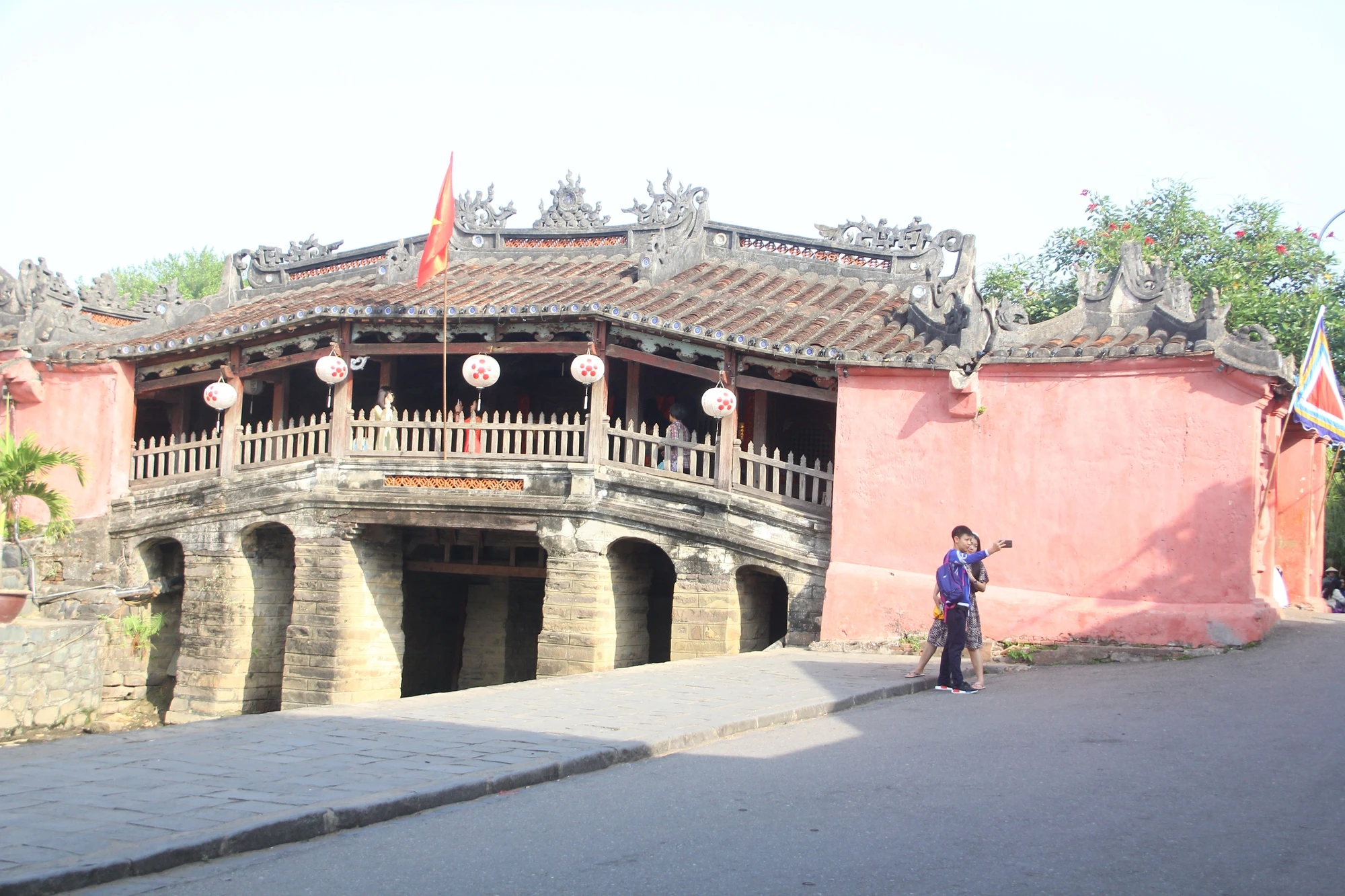
The Japanese Covered Bridge before being dismantled for restoration
Mr. Ngoc said that whether the floor of the Japanese Covered Bridge is curved or straight is still undetermined and there is much debate. Among the proposed options, none have any solid evidence, so we have to temporarily stop to "dig up" documents and gather opinions to create a high consensus in the restoration process.
According to Mr. Ngoc, the 1986 restoration report stated that the bridge deck was lowered during the French period to serve traffic, however the report did not analyze the scientific basis and did not find any related documents. The results of the investigation and research of historical documents also showed that there was no basis to determine whether the bridge deck at that time was "curved or straight".
Cultural researchers believe that from 1915 to 1986, the floor of the Japanese Covered Bridge was straight, but after the restoration in 1986, the floor of the Japanese Covered Bridge became curved.
Painter Nguyen Thuong Hy, former Head of the Professional Department of the Quang Nam Province Monuments and Scenic Spots Management Center, said that if the 1986 restoration records were unclear, why should we follow them to restore the curved bridge floor?
According to Mr. Hy, except for the renovation of the floor from flat to curved in the 1986 renovation, there was no information (including documents and images) recorded about the change of the floor level through previous renovations and repairs. In addition, the design documents and the report on the results of the 1986 renovation also did not clearly show the reason and purpose of raising the bridge floor.
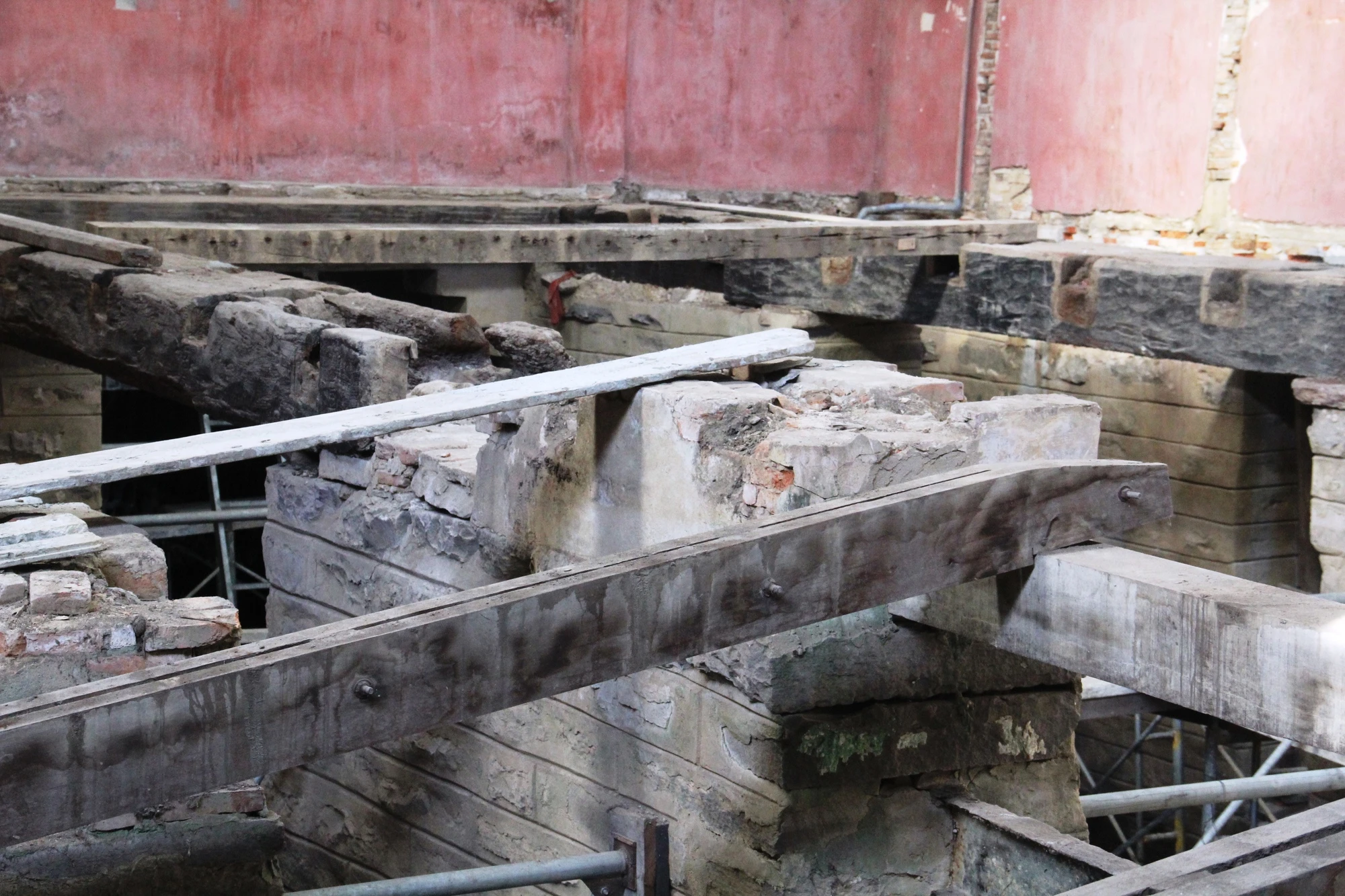
The Japanese Covered Bridge was demolished for restoration.
Therefore, Mr. Hy believes that it is necessary to carefully study the records, current status, and restoration process to choose the option that can make the value of the relic shine the brightest, ensuring that the Bridge Pagoda meets 3 functions (travel, worship, relaxation and sightseeing) to approach the original.
In addition, the restoration stele of Lai Vien Kieu (Cau Pagoda) established in 1817 describes "...the bridge has a roof, the planks underneath are as calm as walking on flat ground", there is no basis to determine whether the bridge floor at that time was curved or straight, but if the floor is curved, the curvature may not be large, not causing major obstacles to traffic across the bridge.
Mr. Hy added that if we choose the restoration option as it is or the neutral option (only reducing the height of the floor a little lower, about 25 cm), it is not enough to say the beauty of the design before 1986, if not to say that the restoration is arbitrary, unscientific and does not increase the solemnity of the pagoda on the bridge.
Too few records, original elements changed
Many researchers believe that there is currently no basis to confirm whether the inside of the Cau Pagoda is curved or straight, but implementing the restoration before the demolition is not scientifically guaranteed. The most important and biggest principle of the restoration is how to approach the "original version".
Mr. Tran Ba Tu, Deputy Director of the Department of Construction of Quang Nam province, said that the dossier for restoring a particularly sensitive structure like the Japanese Covered Bridge needs to be extremely careful. If the argument is speculative, it must be stopped.
Mr. Tu commented that the arguments defending the project's curved bridge plan are not scientifically sound, lack originality, etc., and are a bit forced.
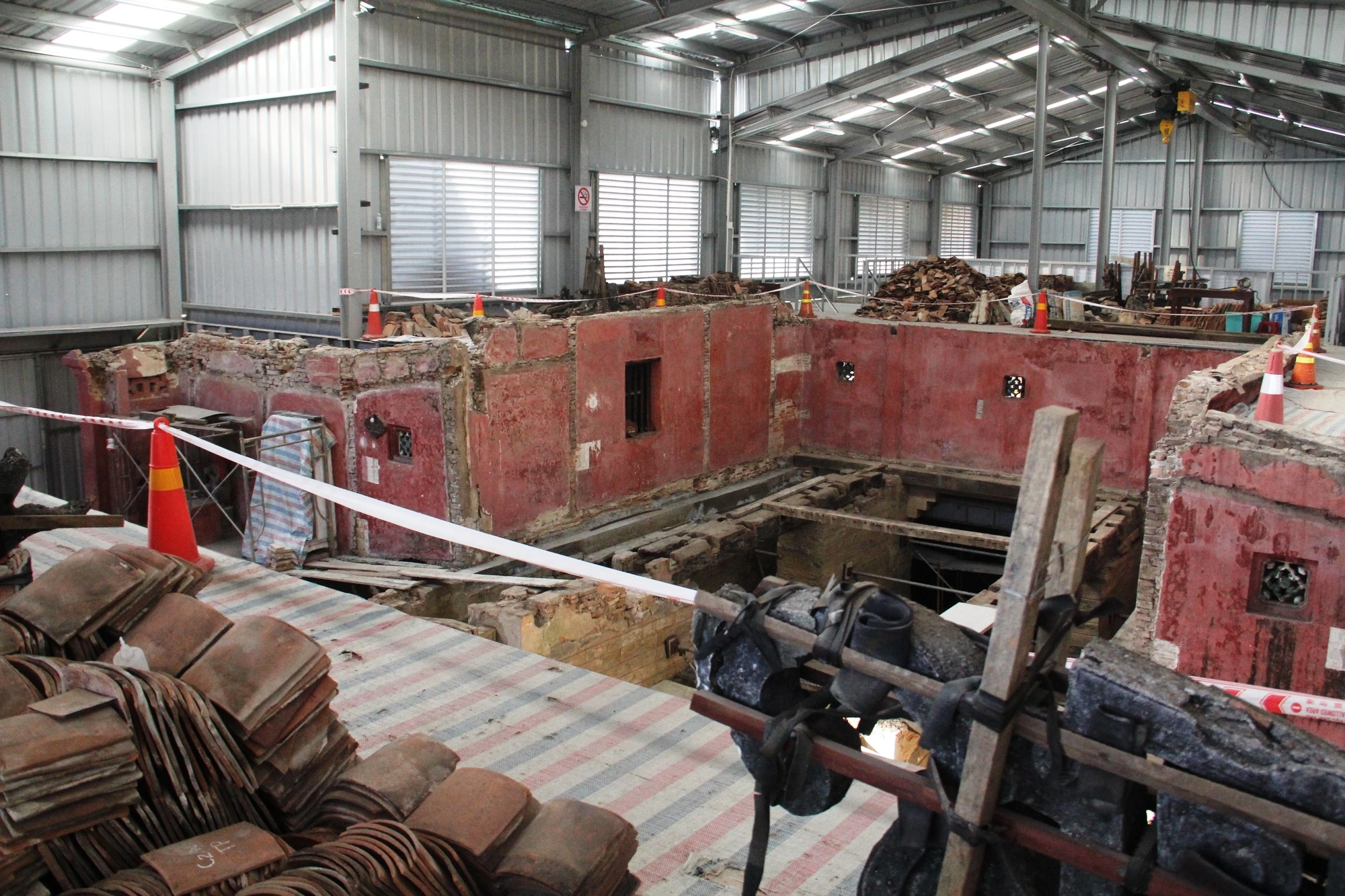
The relic was restored in an "open anatomy" form, not closed, during the restoration process, visitors can still visit the Japanese Covered Bridge.
Mr. Nguyen Van Son, Chairman of Hoi An City People's Committee, said that the Japanese Covered Bridge is a special national relic, so the restoration work has been done very carefully. Since there is not enough data to determine whether the bridge floor was curved or flat, it is necessary to organize consultation conferences.
According to Mr. Son, through the restoration periods, the stone pier of the Cau Pagoda has never changed. Therefore, it is necessary to study the plan to remove the additional part on this stone pier that was implemented during the restoration process since 1986, from there connecting the beams according to the core of the stone pillars to form the floor.
The Chairman of Hoi An City People's Committee said that the current controversy is whether the bridge surface is "curved or straight" and the structures related to the bridge surface (such as beams, trusses, etc.), so the restoration must be temporarily stopped for careful study.
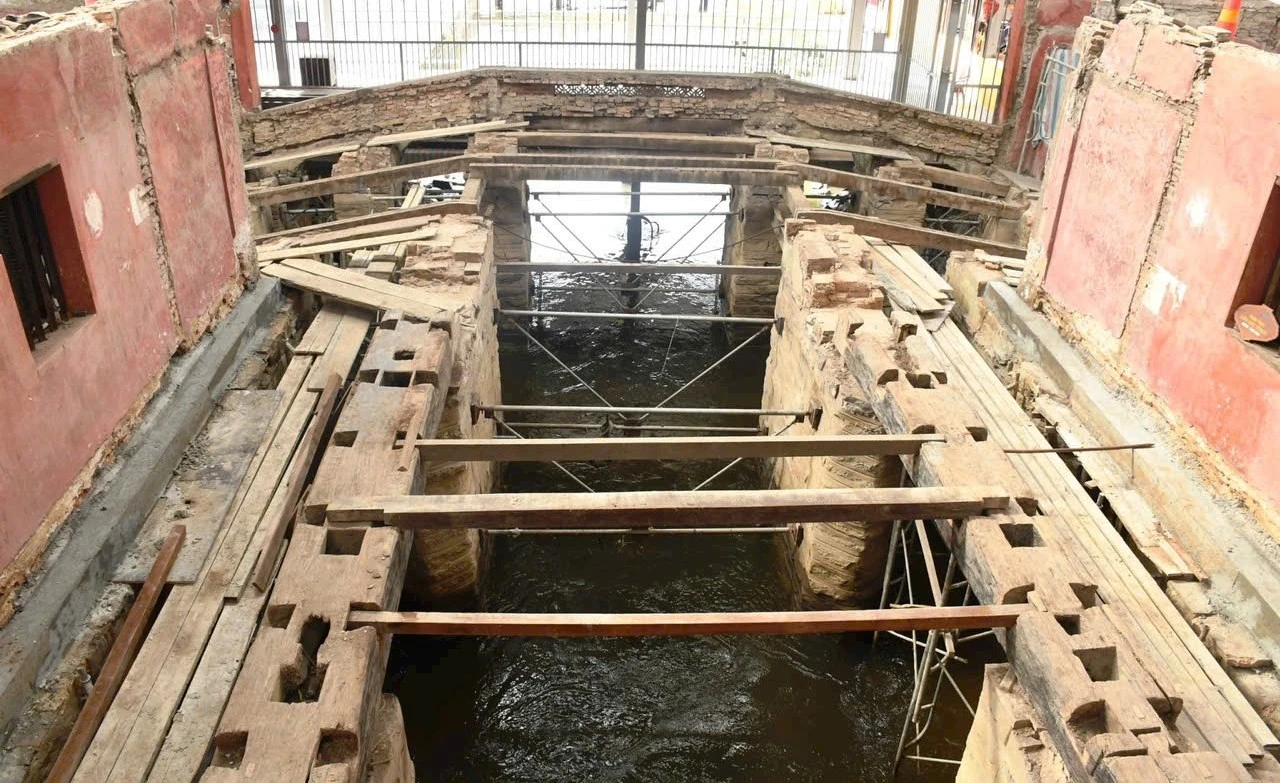
The floor of the Japanese Covered Bridge has been demolished.
"To facilitate the restoration, the city will temporarily suspend the restoration of the bridge according to the approved plan to carefully survey the piers, beams, and beams, etc. to make a careful assessment and ensure the most accurate results. As for other works and items that are not controversial and ensure the records, they will still be implemented. We will try to complete them in the first quarter of 2024. All controversial issues must be completed to unify the restoration plan and viewpoint," Mr. Son shared.
Mr. Son also said that the Japanese Covered Bridge has undergone many restorations, so the original elements have been greatly changed, while there are very few records left. Therefore, in parallel with the restoration, it is necessary to build a scientific record for the relic; the purpose of leaving for posterity is that the relic itself has been restored and the records of the restoration process, and interventions on it to make subsequent restorations easier.
The total cost of the Japanese Covered Bridge restoration project is 20.2 billion VND, with a construction period of 360 days. The project started on December 28, 2022, and has so far completed 3D scanning of the entire relic, dismantled the yin-yang tile roof system, and dismantled the wooden frame system. At the same time, the foundation, abutment, and pillar systems have been reinforced, the floor beam, frame, and roof systems have been repaired; the foundation, abutment, and pillar systems (remaining parts) have been reinforced; auxiliary items, and landscape embellishment have been completed, etc.
The survey, exploratory excavation, and archaeological excavation of the project to restore the Japanese Covered Bridge relic recorded many valuable discoveries. Among them, many mussel shells were discovered at the excavation site behind the pagoda and Ngu Hanh temple; many stones were found at the locations between the bridge foundation and the alley; and there was a large block of lime mortar, clay, and bricks at the bridgehead on Tran Phu street.
At the foundation, three stones were also discovered, suspected to be the first stones chosen to be placed in the Chinese ritual of consecration when building the pagoda on the bridge...
Source link


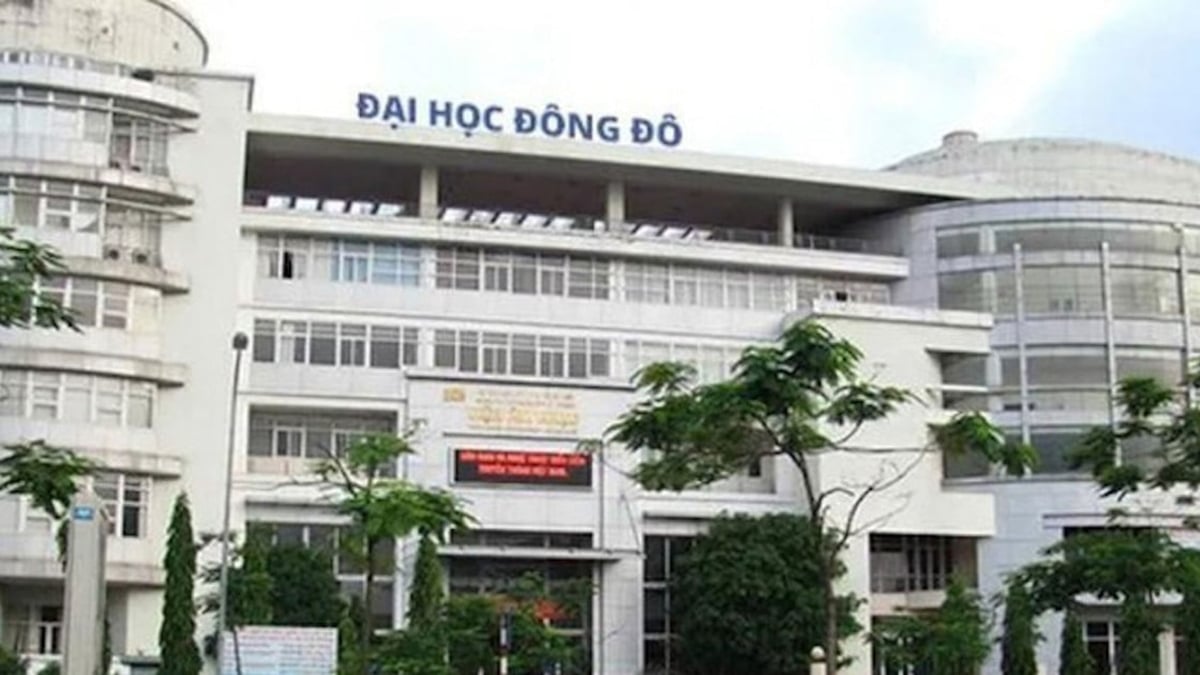
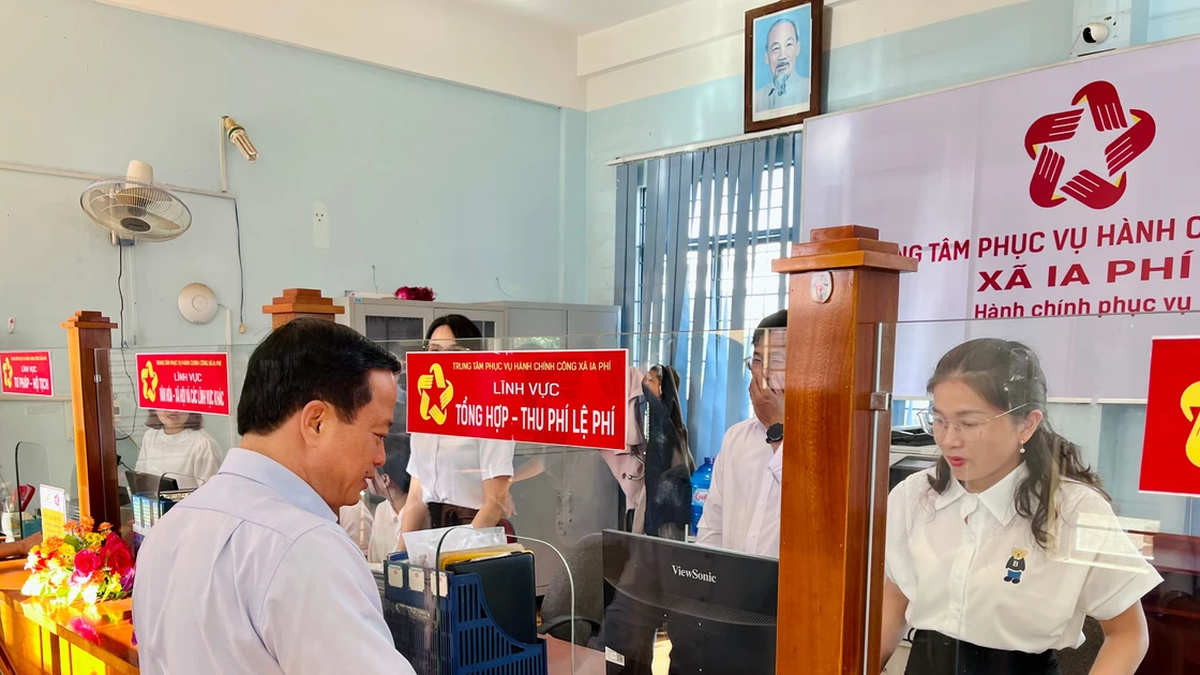
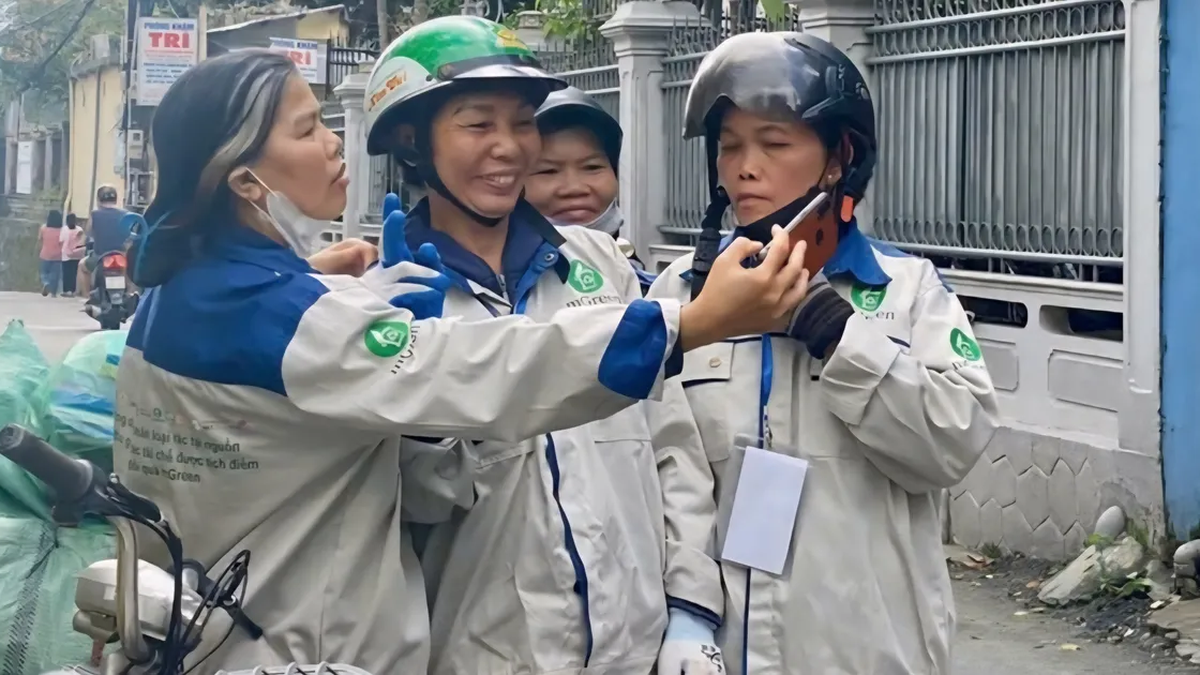

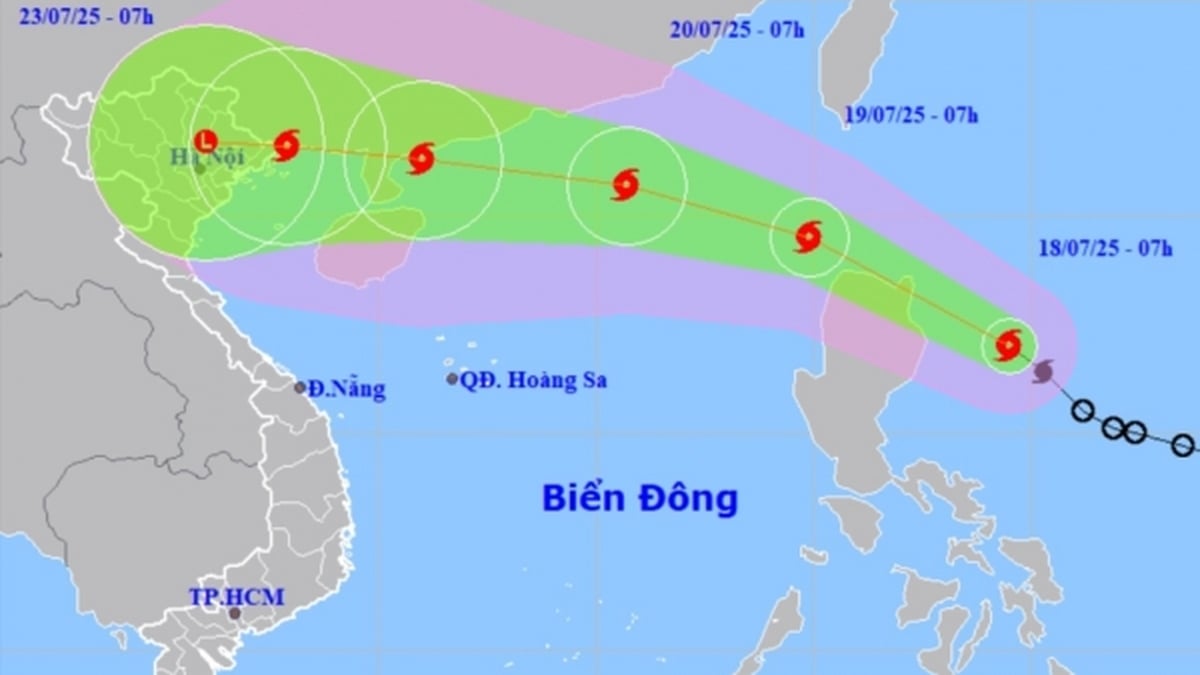



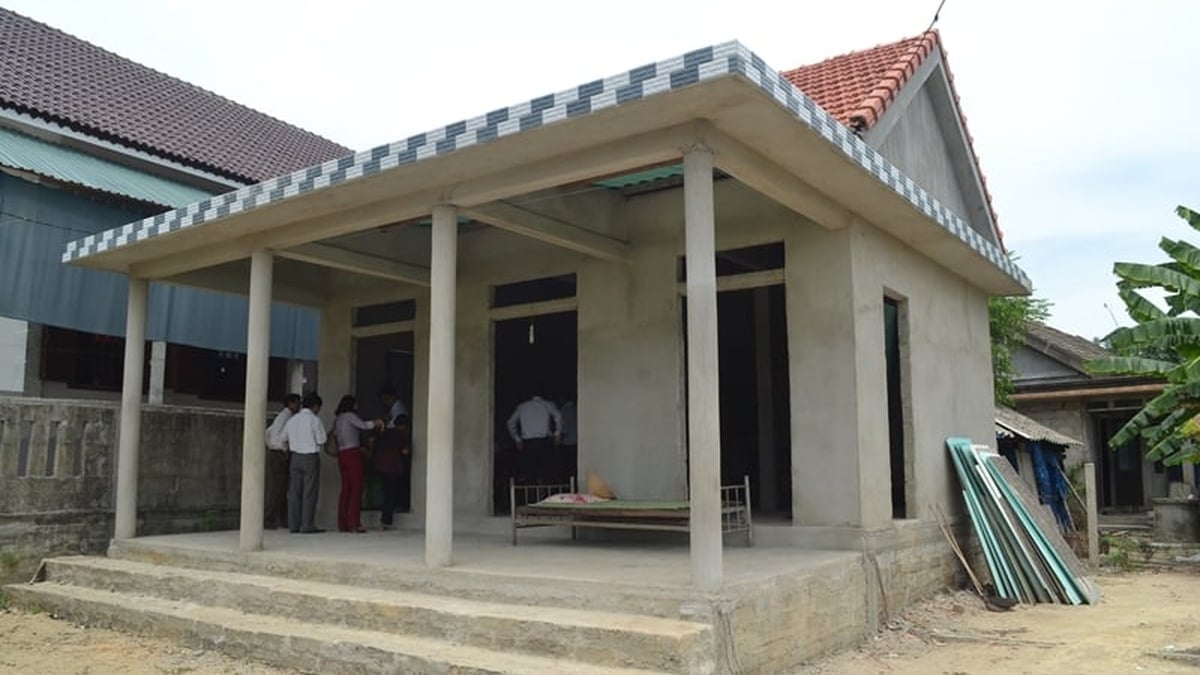
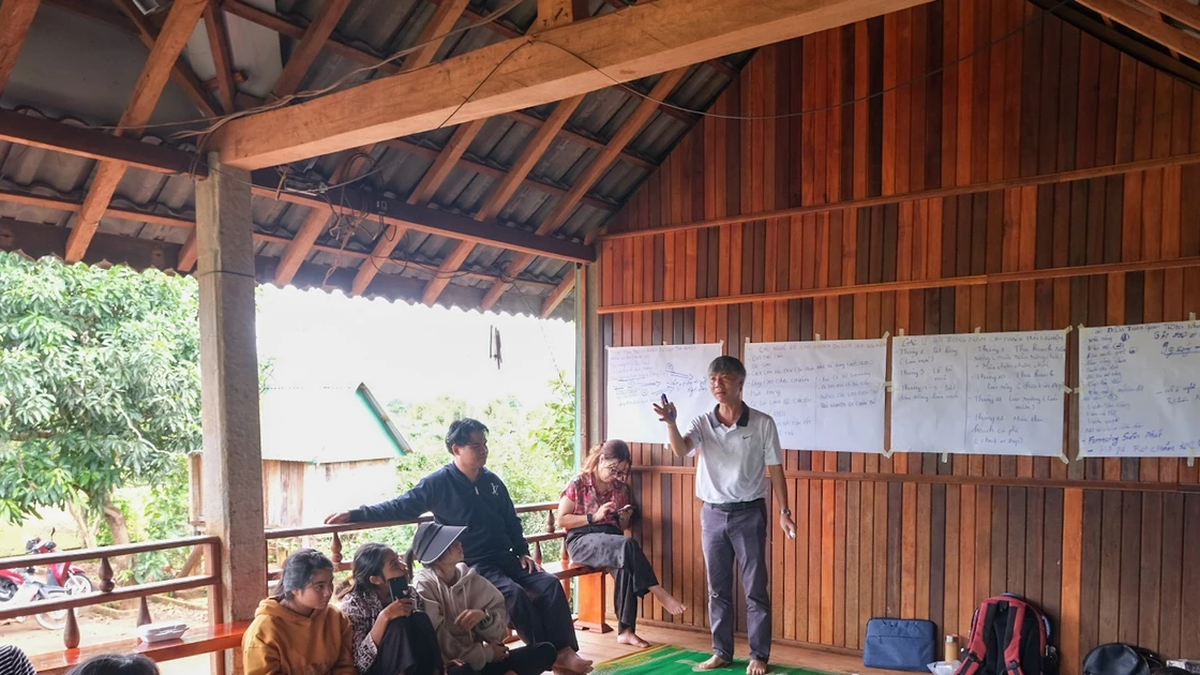


















































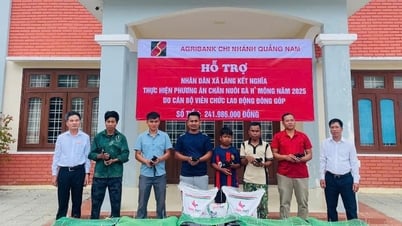





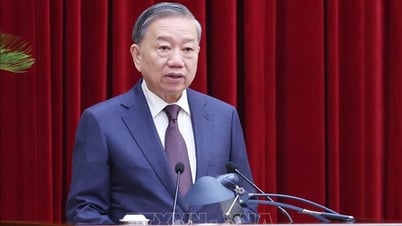

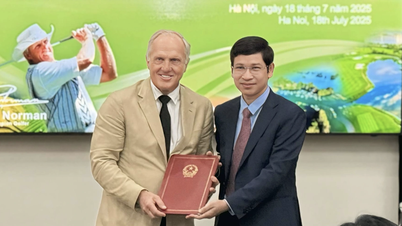

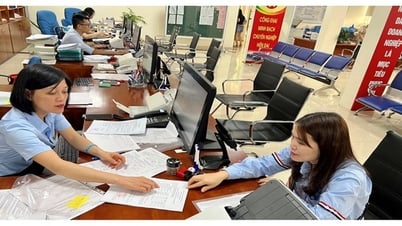


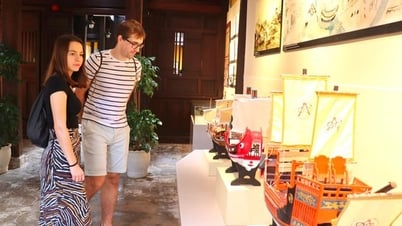




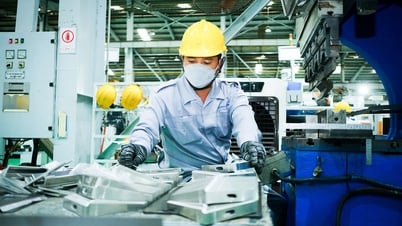














![[Infographic] In 2025, 47 products will achieve national OCOP](https://vphoto.vietnam.vn/thumb/402x226/vietnam/resource/IMAGE/2025/7/16/5d672398b0744db3ab920e05db8e5b7d)
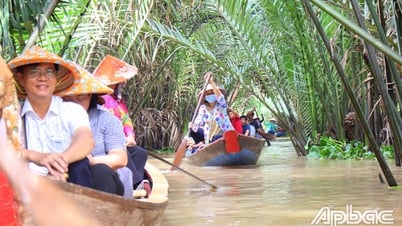






Comment (0)